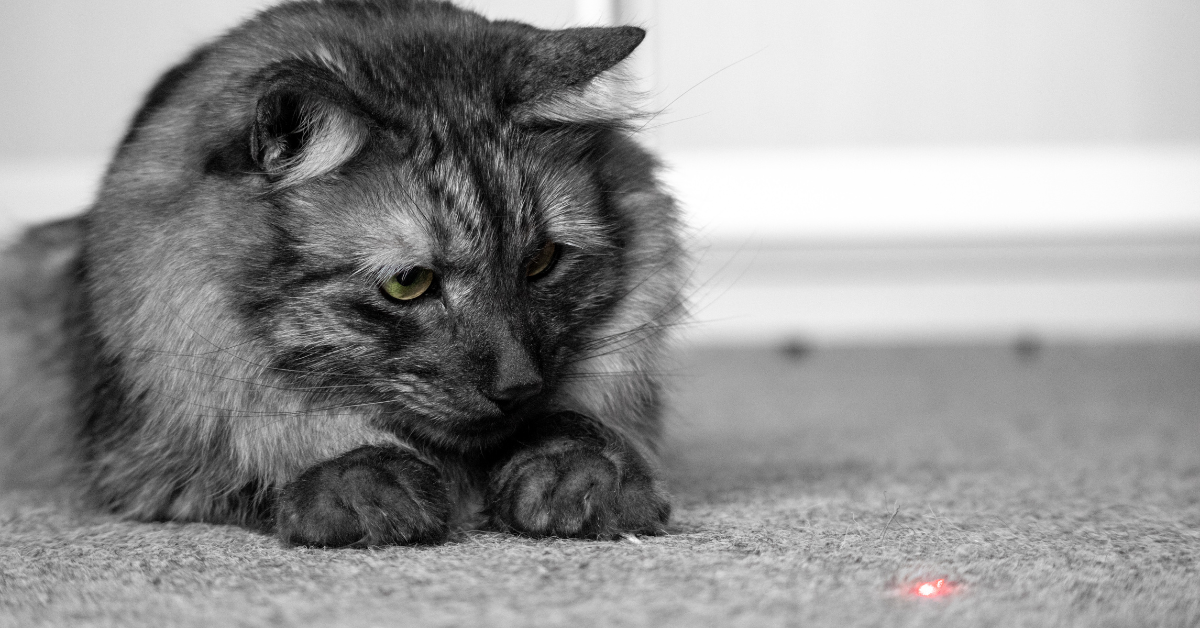You LOVE your horse, so now here are tips to keep him/her SAFE!!
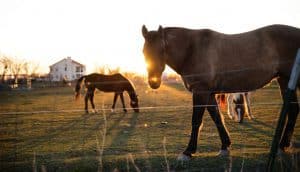
Safety is always of the highest priority when caring for your horse.
A blog post on farm safety tips entitled “6 Horse Farm Safety Tips,” by author Christa Leste´-Lasserre published in the September 11, 2022 issue of the Horse, discussed several safety measures that are often overlooked but can make a significant difference. The author interviewed Rebecca Husted, PhD, an expert on safety management and president at the Technical Large Animal Emergency Rescue based in Georgia.
Safety is always of the highest priority. But there’s always room for improvement. Husted gives great pointers and long-term recommendations.
Husted says in the article: “There are lots of things people just never think about, but they can make a huge difference in the safety of their horses, as well as themselves and other people.”
Easy accessibility during emergencies
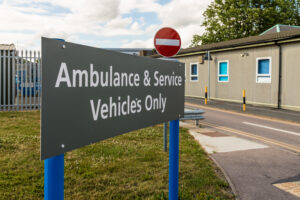
Mark your horse farm’s entrance with highly visible signage for emergency vehicles.
Emergencies are inevitable, even on the most secure farms. The main takeaway is to make it incredibly easy for emergency responders to locate your farm or property, especially at night. Many farms are in remote or country settings with unreliable GPS navigation and frequently do not have distinct road or street signage. Husted strongly urges property owners to mark the entrance to their farm with highly visible reflective numbers and lettering that personnel driving emergency vehicles can clearly see while approaching at higher rates of speed. Make sure all entrances are free of obstructions, brush and clutter.
Investing in durable gates and hardware
Gates and doors that are difficult to open is another safety issue. This can waste precious time during an emergency. In addition to increasing the risk of injuries to horses and handlers, according to Husted. The best way to avoid this problem is to invest in high quality gates, doors, latches, locks and hardware. They need to be clearly visible and properly installed, preferably by a professional.
Gate placement to avoid entrapment
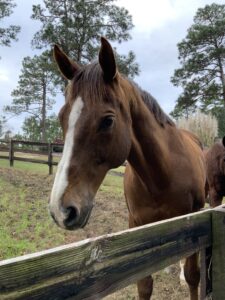
Invest in high-quality gates to avoid injuries and place them in locations around the farm that avoid entrapment.
Husted notes that another overlooked safety hazard are where gates are placed around fields that are fenced. Gates should be far away from corners where horses or people can get trapped, causing panic or injuries. Move gates to the center of the fence line away from corners. Another approach is to block off the corners with sturdy boards that are high enough to avoid further entrapment. Husted says wire fencing should not be used in corners. Horses can easily get trapped in the wire and suffer injuries.
Add secondary fencing near roads and driveways
Roads that straddle farms are safety hazards even with secure fences and gates, notes Husted. Another worthwhile investment is to add a secondary fence along the roadway to add another layer of safety. Gates positioned at driveways that are frequently opened are not always closed right away for practical purposes. Husted advises to have a plan in place to quickly close gates near driveways via remote control to avoid horses getting loose. Property owners need a definitive plan in place if a horse wanders or gets loose. The goal is to bring the horse safely and quickly back home without panicking or sustaining injuries.
Fencing water sources

Keep in mind fence placement relative to safety hazards such as roads that straddle farms and water sources for your horses.
If your property has access to ponds, rivers, lakes or other water sources, be vigilant during the winter months, droughts or rainy seasons. These situations are ripe for accidents or entrapments if your horse regularly drinks from these water sources. Husted says it’s best during extreme weather to give your horse water on higher ground. It should be away from the water source. Furthermore, ideally fenced off as much as possible.
To read Christa Leste´-Lasserre full article and interview with Dr. Rebecca Husted, visit the Horse.
If you enjoyed this article, you can learn more about taking care of other small pets by reading another blog; such as goat care. Or if you have ever wondered about something more frivolous such as the name of the smallest horse in the world or, more seriously, managing your horse’s kissing spine syndrome.
Share this Post
Featured Post
Recent Posts
Lipomas….mysterious Lumps & Bumps on your pup…When should I worry? What should I do about them?
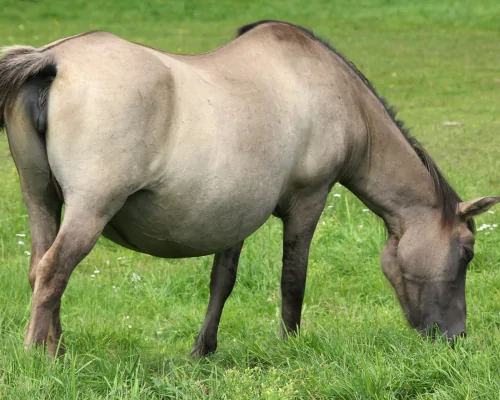
Managing the Mamas –Part 2 –The development process
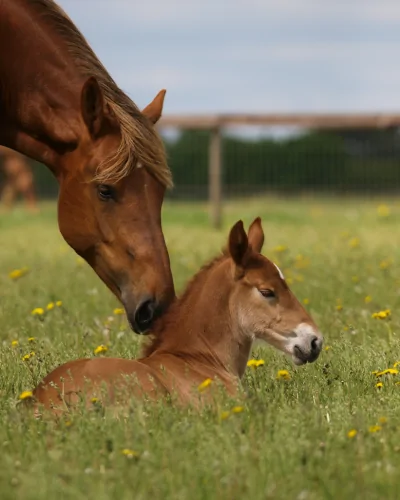
Managing the Mamas: Part 1 – Preparing to Breed Your Mare

HOW MANY TOES?? Caring for the Polydactyl Cat
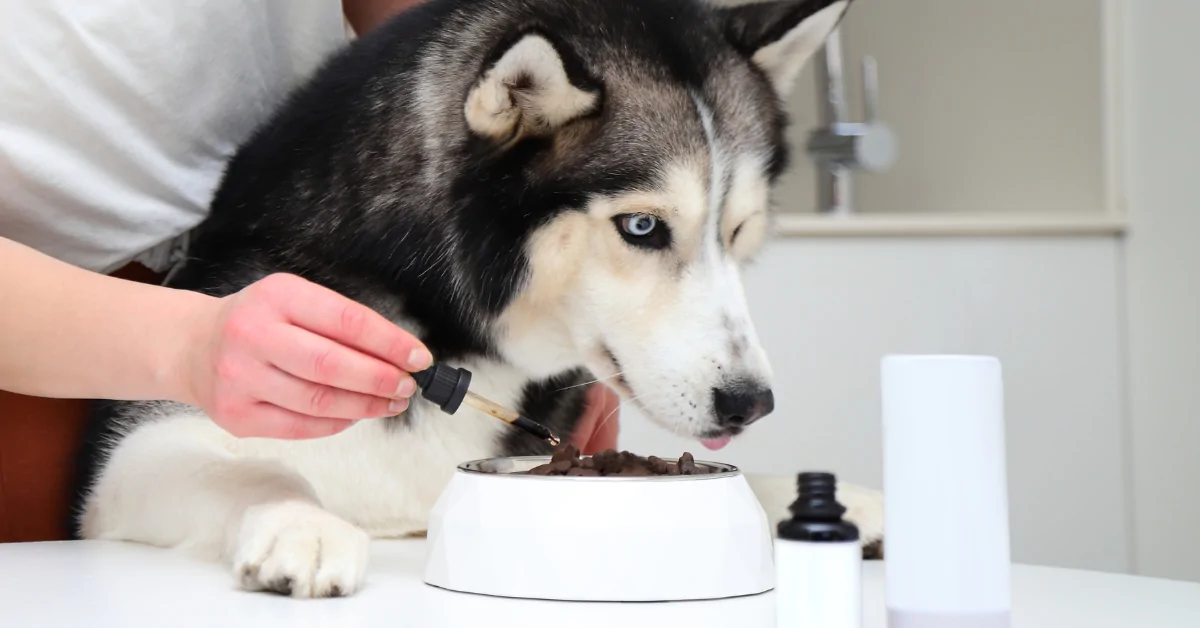
Do Dog Joint Supplements Actually Work?
